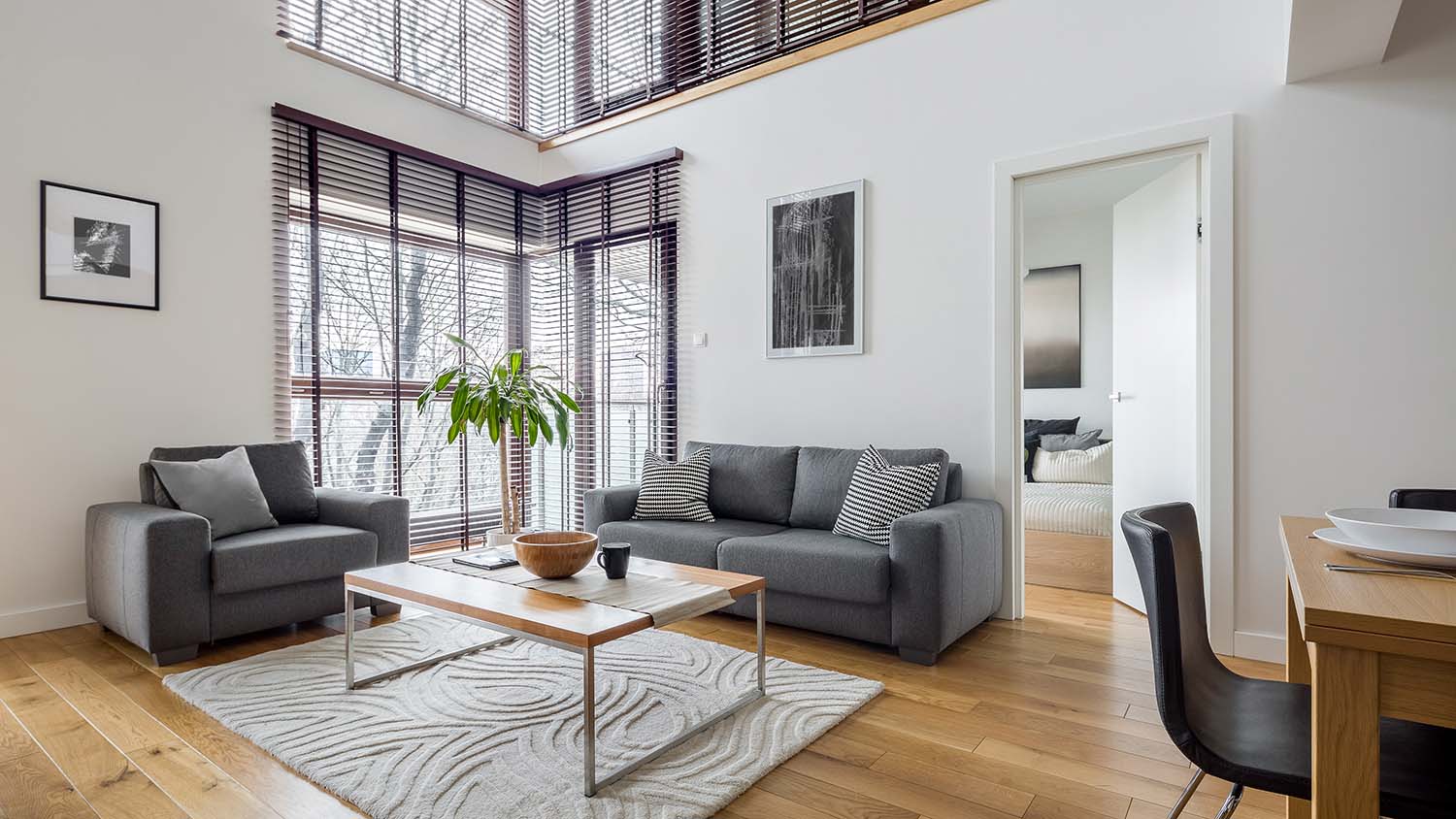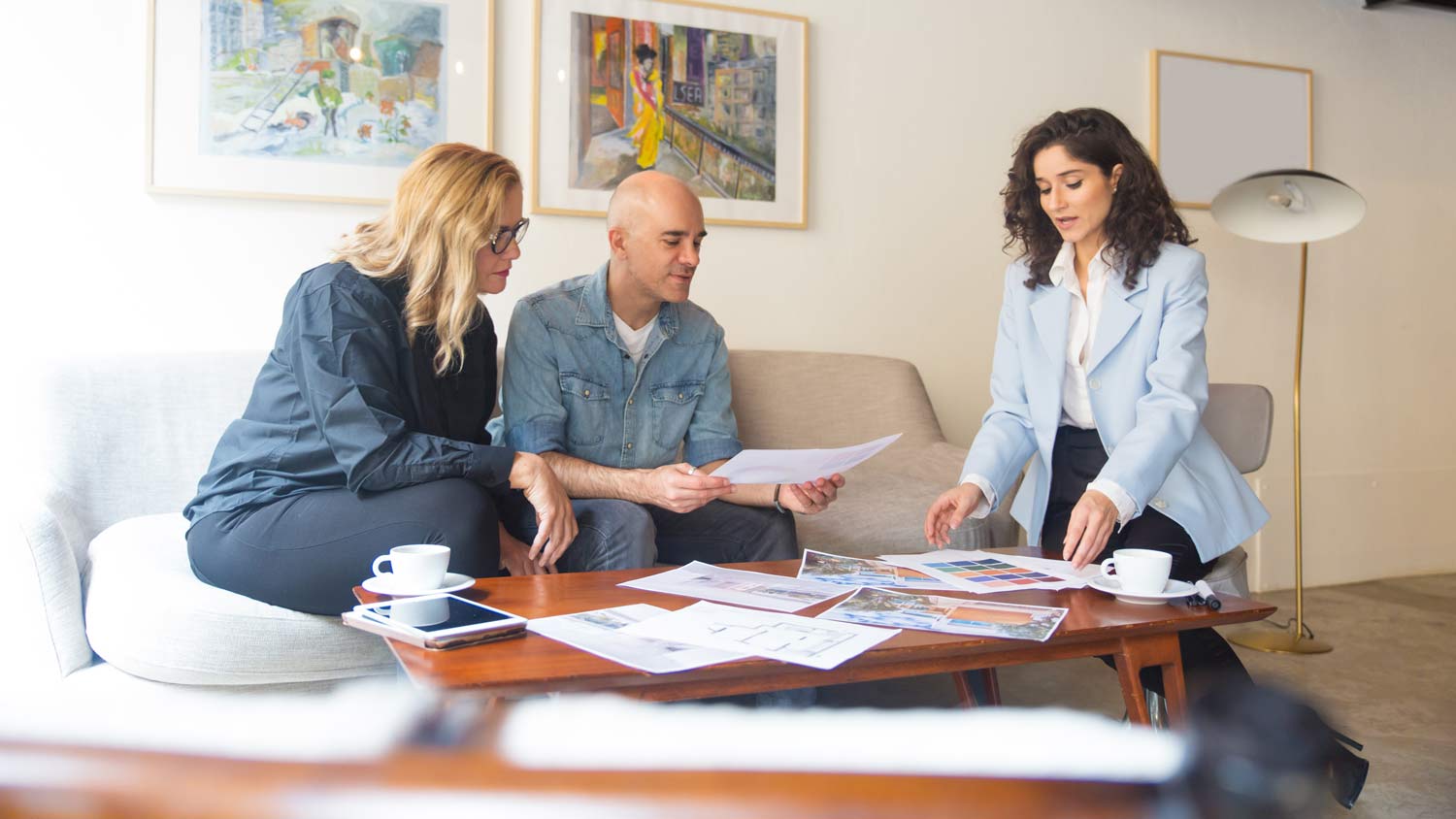What’s Your Home Decor Style? Find Out Which Popular Interior Design Is the Perfect Fit
Style your home in confidence by discovering which interior design best reflects you


Taking on a home redesign project can be easier said than done, especially if you’re not familiar with interior design styles. Where do you start?
The first step is to learn the key elements of design styles. Hiring an interior designer can help accomplish this, educating you about different options and how to achieve them. Identifying which style best suits your personality, however, requires an extra step.
You’ll know which design exudes your personality when you can walk into the space and say, “Yep. That’s me.” Read on for tips on how to find your style match, including a fun questionnaire as a guide.
How to Choose a Design That Fits Your Personality
Having a design style that reflects your individuality will inevitably make you feel welcome and comfortable in your own home. The key is to identify which particular style you naturally exude through your interests and hobbies. Here are a few quick tips to find out.
1. Study Your Closet

Take time to analyze your outfits and accessories as well as how you’ve arranged them. Are they organized in any manner? Does your attire lean more toward casual comfy, or trendy chic? What you wear can say a lot about who you are.
2. Create a Mood Board

Think about the colors and textures that make you happy. Are they typically bright and bold or soft and neutral? A helpful way to experiment with different ideas is by creating an interior design mood board. Also known as a design board, this type of visual lets you compile images of furniture, colors, and accessories that inspire you.
3. Take a Personality Quiz
Last but not least, a fun way to learn about different home decor styles and find one that speaks to your personality is through a quiz.
Discover your home decorating style now using the flowchart quiz below:

Now that you’ve landed on a decor style that best suits you, let’s take a deeper dive into how you can add elements of that style into your home.
Scandinavian

A classic and timeless design style, Scandinavian interiors focus on clean, simple lines, minimalism, and functionality without sacrificing beauty. Originating in Scandinavia, the Nordic region with long winters and limited daylight, this design embraces a lot of white space to bounce natural light off and warm up the home.
To achieve this look, consider removing 25% of the pieces in your home. In a Scandinavian design, everything should be airy, light, and clutter-free: spacious rooms, bare white walls, minimal furniture and decor, and no unnecessary details.
Opt for soft pops of color and natural textures—sheepskins, cotton, linen—to create a warm and cozy atmosphere. A plush, textured throw blanket and rug will do the trick.
The Scandinavian style also consists heavily of natural wooden surfaces and basic geometric shapes, such as wood pendant light fixtures and rounded coffee tables. A woodworker near you can create minimal furniture pieces and even custom sets.
Mid-Century Modern

Birthed during the economic boom post-World War II, the mid-century modern design style is a trend that never went out of fashion. The goal was to move away from the melancholy mindset during the war and embrace experimentation in design.
Mid-century modern can be summarized in three words: beautiful, functional, and attainable. It involves simple forms, minimal ornamentation, an open-space concept, and organic influences such as plants and wood. Aesthetically, the goal is clean lines and simplicity with bold and vibrant hues.
To achieve this look at home, you’ll want a retro feel that’s full of life and color. Think of shows like “The Brady Bunch” and “Mad Men” as inspiration: uses of walnut wood furnishings, sputnik chandeliers, olive green accent chairs, and mustard yellow rugs. Start with a strong color and build on it with neutral tones and gold or silver accents.
Cottagecore
Cottagecore design is a fairly new yet fast-growing trend that emerged in recent years. The aesthetics portray a fairy tale type of countryside cottage with wildflower fields and fruit trees.
Envision “The Secret Garden” or “Snow White”: a cabin in the woods surrounded by nature, with colors like watery blues, buttery yellows, and lots of greens. The ultimate goal is a romantic woodland feel, relaxed and free from technology.
If you enjoy thrifting, gardening, and baking, this style is right up your alley. Consider handmade decor, painted furniture, and bohemian undertones. Cottagecore design promotes tranquility with a humble and comfy feel.
Get this look at home with ceiling-high bookcases, a plethora of plants, and a generous use of floral prints. Opt for rustic wooden furniture, botanical wallpaper, and a lot of vintage books. You can even hire a stove professional to install a wood or gas-burning stove for an antique, cozy vibe.

Art Deco

A movement of art that began around the roaring 1920s into the 1930s, art deco puts you in the mind of “The Great Gatsby” and “The Wizard of Oz.” This unique interior style creates a bridge between ancient and modern, where the influence of design ranges from Egyptian art and cubism to the machine-like forms of futurism.
Art deco is eclectic, representing a luxurious and glamorous lifestyle through the uses of smooth, polished surfaces and risky bold palettes like purple, turquoise, and yellow. It also incorporates a lot of metallics, geometric shapes, straight lines, and sharp edges.
Accomplish this look for your space with velvet fabrics, fluffy rugs, and wallpapers with geometric patterns. Use metallic accessories such as brass shelves and gold-framed artwork painting. Also, opt for unique geometric-shaped furnishings and light fixtures, such as octagon mirrors and faceted coffee tables.
Traditional

With inspiration from the 18th and 19th centuries, traditional design style incorporates a lot of ornate features and timeless details: tufted furniture pieces, wingback chairs, gold details, carved wood, and oil paintings. Here, consistency is key; you’ll see furniture that matches one another and has symmetry.
The traditional design strives for harmony and order with a warm and inviting feel.
To embrace this look, choose neutral backdrops for your space and reserve the pops of color for textiles, art, and decor. Use fabrics like silk and velvet for drapes, pillows, and couches. Accessories should be grand, such as vases, pianos, and china sets.
Homes with the traditional style also use a lot of gold and silver, such as chandeliers and candle holders, with damask wallpaper patterns. Wood panel walls with a fireplace as a focal point are also common.
Bohemian
This whimsical design style emerged during the early 19th century in Paris, where artists began to adopt the low-cost, unorthodox lifestyle to prioritize individuality and creativity over wealth. The bohemian design follows a maximalist decor mindset, where instead of conforming to one idea, it incorporates many different philosophies and ideas from around the globe.
Bohemian decor is meant to be free and creative. There are no hard rules or limitations. Color palettes range from earth tones (browns, greens) to jewel tones and pastels. Plants and metallic fixtures are common, as are carefree layers of patterns, textures, and colors.
Adopt this look by layering different distressed rugs and using bright, textured pillows and throws. Slightly worn textures like rattan are preferable, and furniture pieces are usually vintage or second-hand. You can get creative decor such as travel souvenirs, flea market finds, and handmade pieces of art.

Coastal

Natural, breezy, and uplifting, the coastal design style encourages relaxation and tranquility in a home. The warm, seaside life of California and Florida are the inspiration for this style, where open-plan spaces, natural light, and architectural features like exposed beams create a relaxed, beachy feel.
Coastal colors primarily consist of white and muted neutrals, such as palettes of soft greens, tans, blues, and cool grays. Since it embraces the tropical feel, you’ll see more hardwood, concrete, or tile flooring with natural fiber rugs like seagrass and jute to soften the look.
Bring the coastal style into your home with whitewashed wooden tables, slipcovered sofas, and soft cushions of natural linens. Choose sheer curtains to permit window breeze and natural light into the space. You can also check the cost of LVL beam installation to see how you can incorporate exposed beams into the overall look.
As for coastal decor, natural fibers like woven storage baskets and rope create a relaxed, organic feel. For nautical fun, opt for coastal organic materials such as starfish, exotic plants, and seashells for accessories. Oil paintings, ceramic vases, and bookshelves with board games and framed photos embody a beach vacation experience.
Minimalist

Last but not least is the minimalist decor style. Guided by the idea that less is more, a minimalist home ensures that everything in it has a place and a reason. The idea is to create an uncluttered living space and embrace simplicity. Minimalism incorporates open floor plans, lots of light, and comfortable furniture with clean lines.
This design style is ideal for people who experience sensory overload, where the aesthetic is meant to create a spacious, relaxed room without distractions. Easily create this look at home using simple color palettes, such as monochromatic whites, blacks, and grays.
Choose furniture with simple forms and crisp straight lines. As for decor and accents, raw materials like textured wood tables, ceramic vases, and marble countertops provide that clean feel for which minimalism strives.
Do any of these decor styles sound like you? In addition to the popular interior designs above, there are plenty more you can explore. An interior decorator in your area can walk you through each and even help merge your favorite styles to create your own unique look.





- 11 Tips for Furnishing Your Patio to Make It Fresh, Fun, and Inviting
- Avoid These 7 Common Interior Design Mistakes
- What’s the Difference Between Farmhouse and Rustic Decor?
- What Is Japandi Design Style and How Can It Transform Your Living Spaces?
- Shaker Style: 7 Ways to Work With the Design from Cabinetry to Wall Panels
- 9 Garden Styles to Inspire Your Outdoor Sanctuary
- 7 Small Patio Ideas That Will Maximize Your Outdoor Space
- 25 Eye-Catching Powder Room Ideas
- 9 Micro Loft Design Tips to Save Space
- 7 Pieces of ‘80s-Inspired Home Decor That Have Stood the Test of Time










